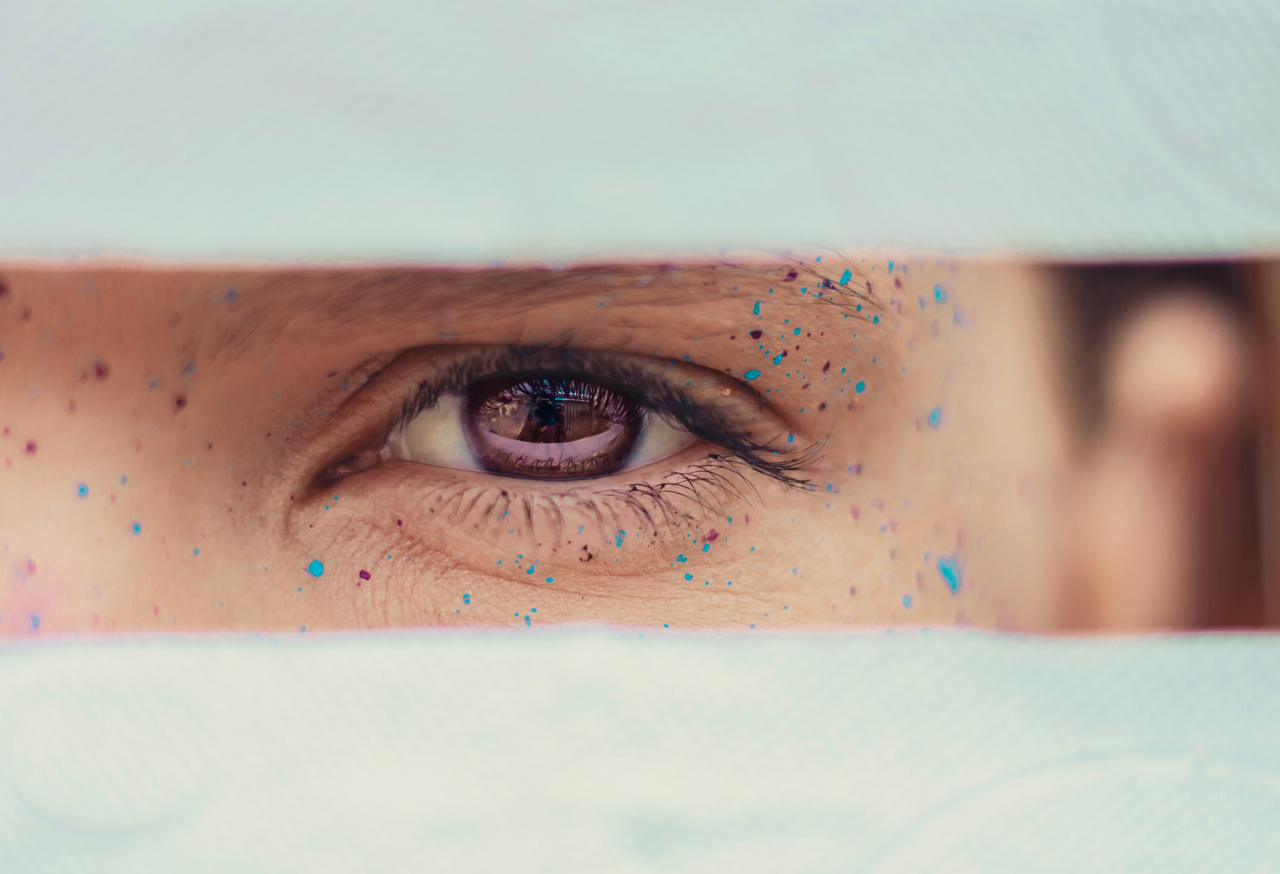Fear is a universal emotion that can manifest itself in various forms. One of the most primal fears that humans possess is the fear of darkness. This fear can be traced back to ancient times when humans relied heavily on their sense of sight to survive.
Understanding the Fear of Darkness
The fear of darkness, also known as nyctophobia, is an irrational fear of the absence of light. It is not uncommon for children to experience this fear at a young age, but it can persist into adulthood for some individuals.
Nyctophobia can range from mild discomfort to extreme anxiety and panic attacks.
The Evolutionary Explanation
From an evolutionary standpoint, the fear of darkness served a crucial purpose in human survival. In earlier times, humans were highly vulnerable to predators during the night.
The inability to see in the dark made humans more susceptible to attacks, which is why the fear of darkness was deeply ingrained in our ancestors.
Sensory Deprivation
The fear of darkness is closely related to the loss of the sense of sight. Humans heavily rely on visual cues to navigate and interpret the world around them. When sight is taken away, a person experiences a form of sensory deprivation.
This deprivation can create feelings of vulnerability, disorientation, and anxiety.
Cultural and Psychological Factors
While the fear of darkness has evolutionary roots, cultural and psychological factors also play a role. Cultural conditioning and personal experiences can contribute to the development of nyctophobia.
Traumatic events that occurred in dark environments or exposure to negative portrayals of darkness in media can further amplify this fear.
Effects on Daily Life
Nyctophobia can have significant effects on a person’s daily life. Individuals with this fear may avoid going out at night or even fear being alone in a dark room.
The constant anxiety and avoidance behavior can hinder social interactions, limit career opportunities, and impact overall well-being.
Overcoming the Fear of Darkness
Fortunately, there are various strategies and treatments available to help individuals overcome the fear of darkness:.
1. Exposure Therapy
Exposure therapy is a common treatment for phobias, including nyctophobia. It involves gradually exposing the individual to the feared situation, allowing them to confront their fear in a controlled environment.
2. Cognitive-Behavioral Therapy (CBT)
Cognitive-behavioral therapy focuses on identifying and changing negative thought patterns and behaviors. This form of therapy can help individuals challenge their irrational beliefs about darkness and develop coping mechanisms to manage their fear.
3. Relaxation Techniques
Practicing relaxation techniques, such as deep breathing exercises or meditation, can help individuals manage their anxiety in dark situations.
These techniques promote a sense of calm and can be particularly useful in reducing the physical symptoms associated with fear.
4. Virtual Reality Exposure
Virtual reality exposure therapy has shown promising results in treating various phobias, including nyctophobia. By using virtual reality simulations, individuals can safely expose themselves to dark environments and gradually desensitize their fear.
5. Support Groups
Joining support groups or seeking the help of a therapist can offer individuals a safe space to share their experiences, fears, and coping mechanisms.
It also provides an avenue for learning from others who have successfully overcome their fear of darkness.
Conclusion
The fear of darkness is a complex emotion deeply rooted in our evolutionary history.
While it may seem irrational in today’s modern world, it is important to understand that overcoming a fear requires patience, support, and a willingness to confront one’s fears. With the right treatment and strategies, individuals can regain control over their fear and lead fulfilling lives, even in the absence of light.































